Have you ever wondered how holes may be drilled into a workpiece without causing damage?
So what is a drilling machine? It is a tool that specialists frequently use to make holes in a variety of surfaces, including wood, aluminium, steel, and concrete. Drill machines are frequently employed in the building sector as well as by workshop owners for tasks like marble cutting and brickwork. They are also utilised in a variety of do-it-yourself applications. These motor-driven devices have an end-cutting tool that is used to drill through the surfaces.
Drilling machines revolve and pound the workpiece while in action. When in the impact or hammer mode, the drill bit will vibrate and advance as quickly as it retracts. Because of this, the instruments are capable of quickly making holes that can even penetrate solid walls. These power tools are also very helpful for making channels in a wall so that wires and cables can be hidden. There are various functions of drilling machines that can also be used for particular industrial tasks, including making orifices in channels. The functions of drilling machines are diversified and are utilised in a variety of industries, including oil & gas, metallurgy, steel, iron, and steel.
A drilling machine's essential components are:
Column:
A crucial part of the drilling machine is the column. It supports the drill machine and all of its other components, including the table, arm, spindle, and electric motor for power transfer, among others.
A column is constructed out of a long rod, which is often made of steel. The table and the column are parallel to one another. This indicates that the table's column and the table it is placed on form a 90° angle.
Spindle
Another crucial component of the drilling machine is the spindle. The tool is held by the spindle, which also aids in rotating the tool. A chuck is situated at the base of the spindle. The spindle is held in place by an arm that is positioned there. The column is tied to these.
The spindle return spring makes it simple to raise and lower the spindle. The spindle's weight is very important for the drill press to operate more efficiently.
Base
The base serves to stabilise and support the column. Typically, steel or iron makes up the basis.
Drilling jigs
Do you recall ever hearing of drill jigs? Their primary application is multitasking. What should you do if you wish to drill numerous holes in a specific direction? Drill jigs are employed to create several holes in a single direction. Along with the drill bushings, drill jigs keep the drill bits firmly in place and aid in guiding them in a straight line.
Work Table
The work table is used to hold the drill-ready workpieces. Depending on the application, the worktable can be shifted upward or downward. Simply raise your work table if you want to drill at some higher angles.
Along with T slots and holes, the worktable features additional functional elements that can be utilised to hold workpieces in a variety of drill machine-related applications.
Power Transmission
The electric motor provides power to the drilling machine. The power transmission is aided by the v-belt and the two pulley stacks. Pulley stacks are used to measure the spindle's speed.
How to use Drilling Machines and its working:
- First, we will outline the area where the holes will be made on it.
- Second, after assembling the parts with the drilling machine, we take a sharp cylindrical multi-point cutting tool, place it within the chuck, and secure it firmly.
- Thirdly, position the workpiece block on the drilling machine table so that the tooltip is parallel to the place that the rotating table clamp has indicated on the block.
- Fourth, move the table along the column until the tool and the block are separated by a certain amount.
- Finally, we turn on the power, let the tool start rotating manually, and ensure that it moves linearly in the direction of the block until it starts rotating the lever. We then allow the tool to continue rotating the lever until it pierces the block.
That is how a block can be punctured without being harmed. The method of drilling holes into a block with the use of a revolving tool is known as drilling, and the machine arrangement utilised is known as a drill press or drilling machine.
Benefits of Drilling Machines:
Among the drilling machine's many benefits are:
- High speed: The drill machine's primary benefit is its ability to drill holes into the workpiece more quickly and carry out other drilling tasks at a respectable rate of speed.
- High Output: It can provide a high output. The speed of the machine grew as it developed, and following the advent of automatic and radial drilling machines, in particular, the output skyrocketed.
- Simple to use: It is really simple to use. The simplicity of the situation continuously keeps the operators' productivity high.
- High flexibility: The many spindles, automatic functions, and ability to drill holes at any angle are just a few of the qualities that make modern drilling machines so adaptable.
- Longer life and low maintenance costs: Machines require very little maintenance and have a very long lifespan. They can be utilized for a longer time with very little maintenance expense.
What are some uses for drilling equipment?
In many various industries, such as construction, medical equipment, transportation, and electronic equipment, the drilling machine is widely used. In specialised applications, various drill types are used to create holes of varying diameters in a variety of materials. Additionally, the electric motor used in the machine, spindle speed, spindle nose, and spindle travel can all affect how well the drilling machine performs. Therefore, it is crucial to pick a drill press that meets clients' needs and is appropriate for the industry they work in.


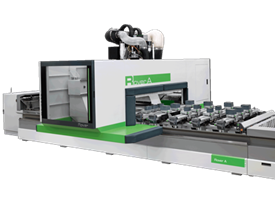
.png)
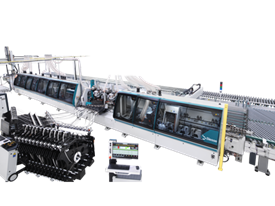
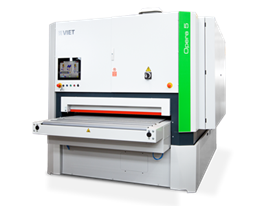
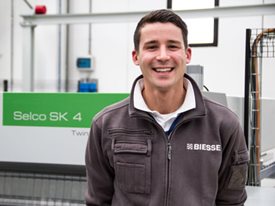
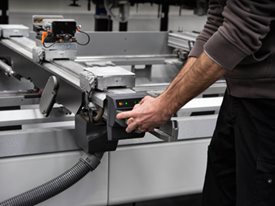

 Worldwide
Worldwide
 Italia
Italia
 United Kingdom
United Kingdom
 Россия
Россия
 France
France
 中国
中国
 Asia
Asia
 Deutschland
Deutschland
 España
España
 Schweiz
Schweiz
 North America
North America
 India
India
 Australia & New Zealand
Australia & New Zealand
 Türkiye Cumhuriyeti
Türkiye Cumhuriyeti
 Middle East
Middle East
 Brasil
Brasil